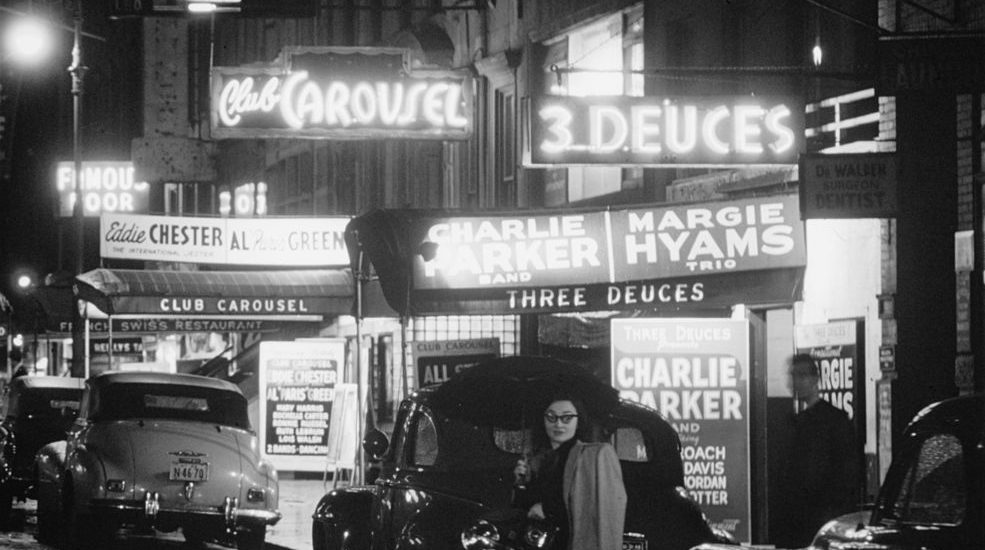- November 17, 2016
- Posted by: gstar
- Category: Coaching

At the Club Inegales recently, down in a basement on North Gower Street, I found myself watching members of the house band, Notes Inegales, during their joint set with their guests – Uzbek musicians Abbos Kosimov and Sardor Mirzakhojaev. Nothing unusual about that? Except, most of them were not playing at the time. I had been drawn to their listening.
Abbos was showing his remarkable talent and expressiveness on the Doira – an Uzbek instrument, somewhere between a tambourine and a folk drum. The others were mostly listening. Each had their own style: some totally still but absolutely focused; others in motion, quietly showing their appreciation, enjoyment, and engagement. And as I looked around I thought: that’s what good listening looks like.
This clearly matters for coaches, and anyone for whom listening is a core professional skill. The questions we ask are important and they help our clients to open up, be articulate and show themselves. But more than that, our clients notice how we listen to them when we are silent. Our physical response, the quality of our attention, helps them speak.
Now I doubt that Abbos’s playing is affected by how his fellow musicians listen to him – he was brimming with confidence and playfulness. But I know that when I play music – with a far from professional level of skill – my playing is boosted if I notice my band-mates appreciating my efforts. I observe how I am being heard.
At Club Inegales, the format includes three sets: Notes Inegales, then the guest(s), and then the two combined. For the latter, they do some brief but intense rehearsal. The club is about fusion, about dialogue between different styles, cultures and forms of musical expression. It is also about improvisation. So, if my experience is anything to go by, the rehearsal creates the framework for the fusion so that the improvisation can take place.
This too echoes the dance of coaching: as we meet our clients and work with them, two worlds come together, and we listen in order to understand and start to make progress, to make music with them. Like musicians, we have studied and refined out technique. We have mastered our instrument – ourselves – so that we can perform and enable the other to perform.
As we left the gig, one of my friends commented on the discipline of the playing. I had noticed the freedom. Both were evident. The first gave structure, the second fueled improvisation. As in coaching, our discipline enables us to hold the space and guide the process; our self-expression and creativity help us do what seems right in the moment. Like musicians, we bring all our investment in learning technique in service of spontaneity.
At its best, our dialogue becomes a duet. I saw this when the violinist Max Baillie took the lead with Abbos. They started with call and response and then they built. They moved from attention and reaction to anticipation and unison until their collaboration brought wry smiles to both their faces. Rehearsed or improvised? I don’t know but the energy and enjoyment I saw suggested that they were creating then and there.
I did not go to the gig looking to learn, or even think, about coaching. But it does seem that many areas of human endeavour have similarities and cross-overs, particularly when consummate performance is involved. That offers an intriguing prospect: next time you think about your future development as a coach, consider: where could I see some really good jazz?

